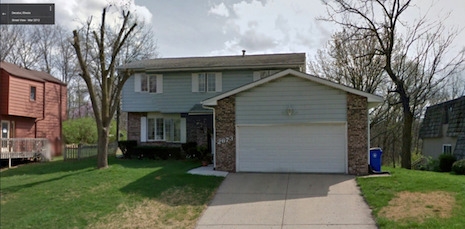
Necrophilism
Decatur, IL 62521
MAXIMUM ROCKNROLL, issue no. 35, April, 1986
“Is this misogyny or childish ghoulism?”
Before the internet, unsigned and unheralded punk and hardcore bands used analog processes like mimeographing, mass mailings, and silk screen to get the word out and build community. For bands with zero access to a word processing program, a desktop publishing program, or any kind of email, such processes were brutally time-consuming, and many of the bands that made an impact did so by dint of humongous gobs of back-breaking work. Michael Azerrad’s engrossing 2001 book Our Band Could Be Your Life is especially good on this point. Here’s a section from the chapter on Minor Threat:
Even though it was a fairly small operation, there were still plenty of things to do. Cutting, folding, and gluing the seven-inch covers, then inserting the photocopied lyric sheets, was a lot of work, so they’d have folding parties and invite their friends. “You’d just watch TV,” [Minor Threat drummer Jeff] Nelson recalls, “and get blisters and burn your nails from folding over the paper and gluing those down.” Some copies would get a special touch: “Folding all the lyric sheets and sealing them with a kiss or a fart,” says Nelson. “That’s what we’d do on some of them, we’d write ‘S.W.A.K.’ or ‘S.W.A.F.’ on a few of them.”
Throughout the 1980s, the influential zine Maximum Rock & Roll (or, if you prefer, Maximumrocknroll) became the de facto center of the American DIY music movement—largely by adopting an ethic of integrity every bit as committed as that of, say, Fugazi. In its heyday, Maximum Rock & Roll surely published thousands of reviews of independently generated punk and hardcore demos, EPs, albums, and 7-inches, and because of that analog world, there wasn’t any info@fuckyourecords.org at the end of the reviews so that the reader could find out more. No, what there were, very often, were mailing addresses.
Most confrontational hardcore bands had a significant interest in coming off as inscrutable, perverse, or intimidating, and in most cases a simple street address would simply and conveniently serve to fuel the imagination if a reader was so inclined. But where were these houses, anyway? Where were the places the birthed so much of American punk rock? Was it hovels in run-down urban districts, or was it posh suburban palaces? Marc Fischer of the Chicago-based art group Public Collectors decided to find out, and to do so, he had the brilliant idea of taking the addresses found at the end of MRR reviews and seeing what happens when you plop them into Google Street View. The results are pretty fascinating.
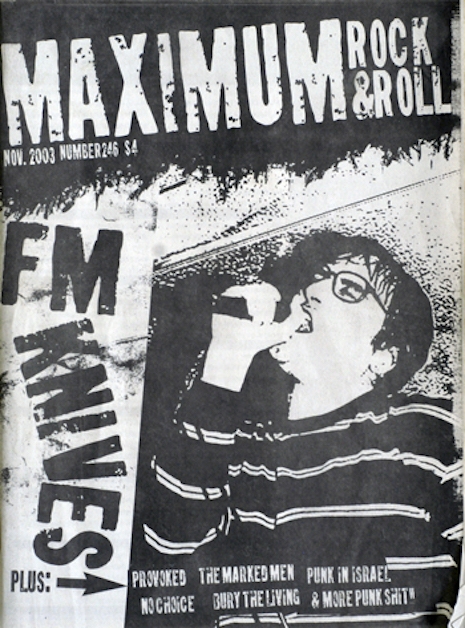
Fischer’s project, which exists as a Tumblr page, is called HARDCORE ARCHITECTURE. It’s no secret that punk gravitated more to cities, while hardcore was often an endeavor reflecting a specifically suburban anomie. But the juxtaposition of forbidding band names and sprawling prefab cubes of plenty can’t fail to elicit at least a smirk of humorous recognition. “Oh really? That uncompromising band Crippled By Society was based out of this expensive-looking McMansion?”
HARDCORE ARCHITECTURE looks exclusively at the 1982-1989 period, and it goes without saying that, well, 30 years have passed since then and now. Surely that McMansion wasn’t even there in 1985. But the beauty of Fischer’s project is that it eschews commentary, it merely presents the facts, as it were puts a face to the name.
Here is the statement that any reader of HARDCORE ARCHITECTURE encounters:
Hardcore Architecture explores the relationship between the architecture of living spaces and the history of underground American hardcore bands in the 1980s. Band addresses are discovered using contact listings found in demo tape and record reviews published from 1982-89 in the fanzine MAXIMUM ROCKNROLL (MRR). Google Street View is used to capture photos of the homes. Street names and numbers are removed to respect the privacy of people currently living at these addresses.
While care is taken to confirm that the home in the photo matches the street number listed in MAXIMUM ROCKNROLL, accuracy is not guaranteed. Some addresses have been confirmed using real estate websites. When multiple homes are built close together, the band-associated home is the house in the center of the composition. If you are a member of a band on this page and notice an error, please feel free to contact me. This research will later be supported by additional writing and exhibitions.
Every post presents the picture of a location, a band name, and then the name of the municipality, the relevant issue information of MRR and then the datestamp of the picture (obviously quite recent), and finally a sample quotation from the review and the identity of the reviewers. (Fischer uses an initial system—so “TY” stands for Tim Yohannan, “Jel” stands for Jello Biafra, and “TV” stands for Tesco Vee.) Specific street addresses are not published, although obviously anyone interested enough to find out could do so.
From Half Letter Press you can purchase a “booklet, flyer, and print pack” for just $20 (limited run of 100)—other items are cheaper and not part of a limited run.
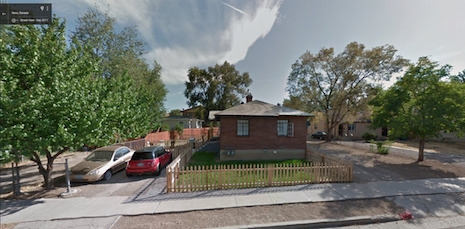
Criminal Mischief
Reno, NV 89509
MAXIMUM ROCKNROLL, issue no. 35, April, 1986
“There’s some metal damage but not to a distracting degree. Power and production are tops; intense lyrics too.”
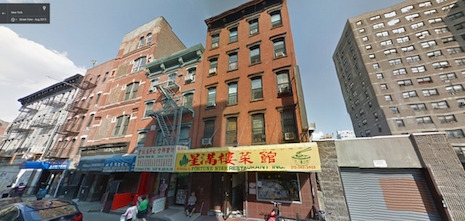
Sonic Youth
New York, NY 10002
MAXIMUM ROCKNROLL, issue no. 21, May/June, 1985.
“We’re bordering on ambient slow-burn here, but I’m still drawn…no, sucked into this band’s whole thing. They simply can do no wrong. I’m the biased jerk who really shouldn’t be reviewing this babe. Not for everybody, but then neither is good taste.”
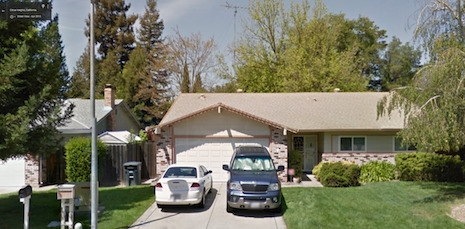
Roadkill
Citrus Heights, CA 95621
MAXIMUM ROCKNROLL, issue no. 74, July, 1989.
“A band called Roadkill… it was bound to happen sooner or later.”
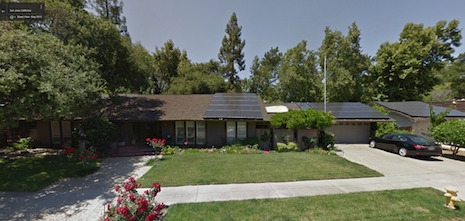
Nasal Sex
San Jose, CA 95215
MAXIMUM ROCKNROLL, issue no. 74, July, 1989
“A big, whopping 15 songs nicely produced yet still containing a raw edge. Ranges from being socially and politically aware to being aware of lesser nuisances such as mini-trucks. Very catchy. Completely self-produced. About as D.I.Y. as you can get.”
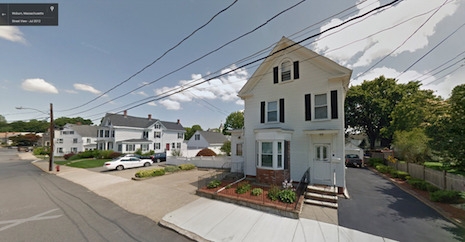
P.T.L. Club
Woburn, MA 01801
MAXIMUM ROCKNROLL, issue no. 25, May/June, 1985
“One of the seemingly few Boston area bands doing out-and-out hardcore, this young combo does it right. It’s got that “Bosstown” HC sound with all seven tunes totally ripping.”
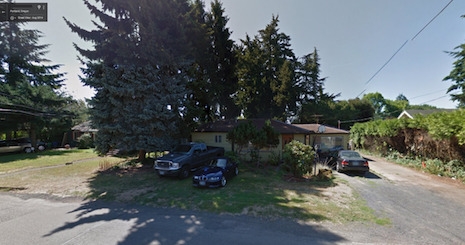
Napalm Breath
Portland, OR 97206
MAXIMUM ROCKNROLL, issue no. 74, July, 1989.
“Too fucking hilarious to be real! …watch for their “At War With Crossover” EP”
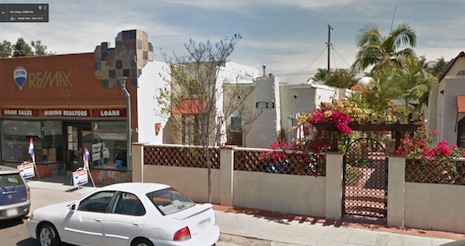
Meatwagon
San Diego, CA 92104
MAXIMUM ROCKNROLL, issue no. 74, July, 1989
“Pretty good HC with dorky lyrics about sex, alcohol, and people they don’t like.”

Mahatma Dogma
Boston, MA 02215
MAXIMUM ROCKNROLL, issue no. 74, July, 1989
“Hard-driving pop with punk aggro.”
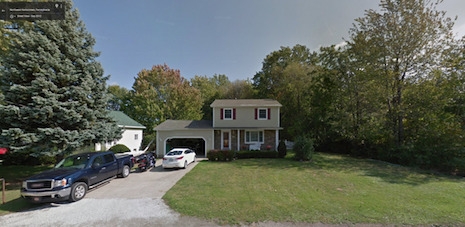
Lost
Erie, PA 16511
MAXIMUM ROCKNROLL, issue no. 74, July, 1989
“Catchy energetic stuff that sorta reminds me of the first Descendents album.”

Freaks of Nature
Muncie, IN 47303
MAXIMUM ROCKNROLL, issue no. 74, July, 1989
“Catchy upbeat punk of all speeds with words about drug abuse, fascists and more.”
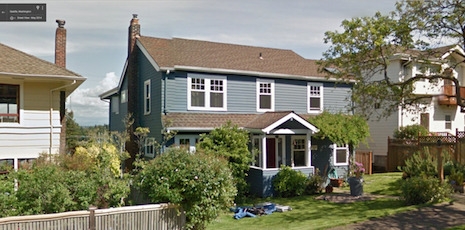
Big Satan, Inc.
Seattle, WA 98102
MAXIMUM ROCKNROLL, issue no. 74, July, 1989
“Loads of original rhythms and other things goin’ on all with energy.”
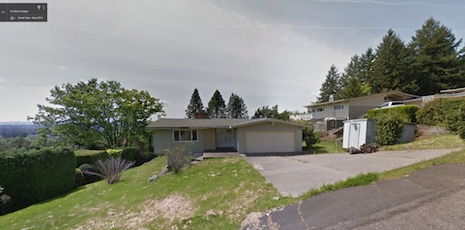
Anathema
Portland, OR 97219
MAXIMUM ROCKNROLL, issue no. 63, August, 1988
“A now-defunct band, unfortunately, because their thrashy sound is clean, powerful, and respectable with good lyrics.”

Afterbirth
Houston, TX 77015
MAXIMUM ROCKNROLL, issue no. 60, May, 1988
“Nikki Sikki’s (ex Verbal Abuse, Sic Pleasure) new band, playing quick thrash with slightly speedmetallish guitar work, Mr. Sikki’s trademark snotty angry vocals, and lyrics which stress individuality.”
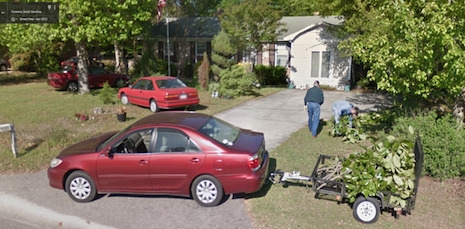
Sex Mutants
Florence, SC 29501
MAXIMUM ROCKNROLL, issue no. 35, April, 1986
“With song titles like “Angry Youth,” “Society Sux,” and “I’d Rather be Dead,” you can tell these guys spend too much time thinking about the bad and not enough time trying to create some good.”